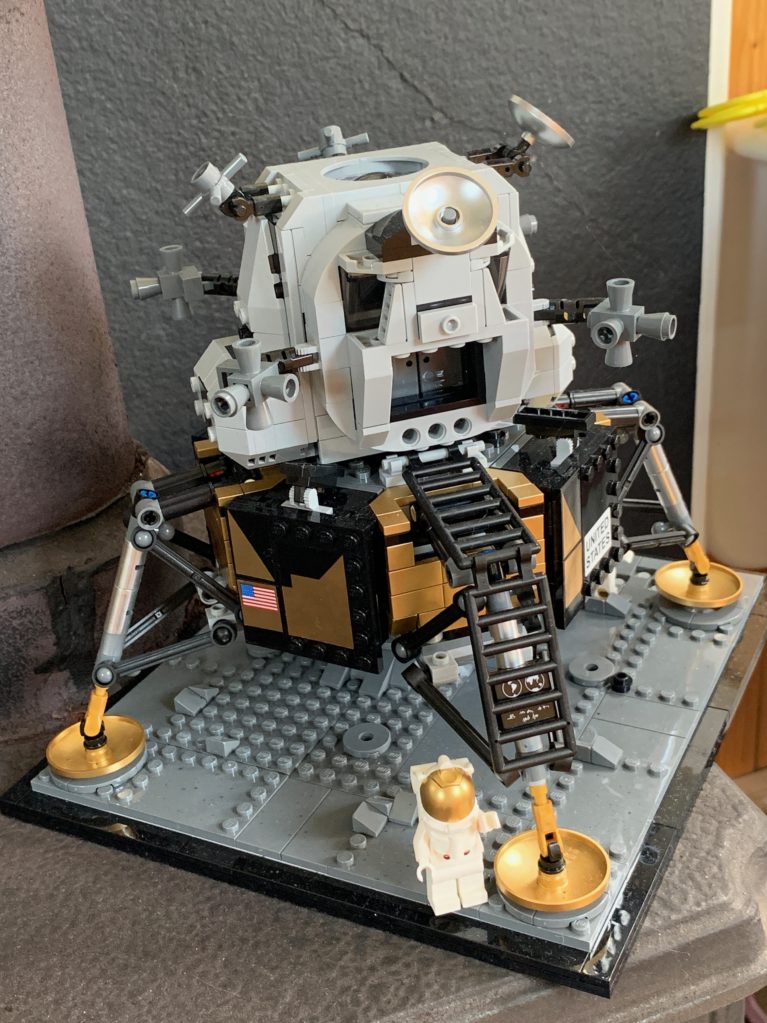Apollo 11 is more than nostalgia for me, it’s a way to think about tomorrow’s challenges
If you’re interested in the fiftieth anniversary of the Apollo 11 lunar mission then you’re probably already completely entranced by the BBC World Service podcast 13 Minutes to the Moon, in which Kevin Fong dissects the landing and puts every aspect into a broader technical, political, social and profoundly human context.
It’s an outstanding series in every respect, combining archive footage from the mission and old and new interviews with many of those involved, with an intelligent script and beautiful sound design, and I can’t recommend it enough. Produced by Andrew Luck-Baker and with Rami Tzabar as Executive Producer, it’s brilliantly made and one of the best audio documentaries you can find online.
If you work in computing or engineering then it’s worth it just for the insight into the complexities of the hardware and software involved, as it doesn’t hold back from going into technical details about the engineering and coding challenges, giving you all the background you need to be fully present as the lunar excursion module separates from the command module and begins to descend. Knowing how it ends doesn’t diminish the power of the story, or the emotional investment you make as a listener.
It’s worth listening to every episode – each is around 45 minutes – but if you don’t have time the whole thing then I urge you to listen to Episodes 8 and 9, which take you from the separation of the two spacecraft in lunar orbit – the Command Module and the Lunar Excursion Module – to the final ’stay’ decision after landing. And that detail is what makes it so good – it doesn’t stop at the moment of touchdown, but covers the three points in the next two hours when Mission Control had to decide to stay or go. They stay.

